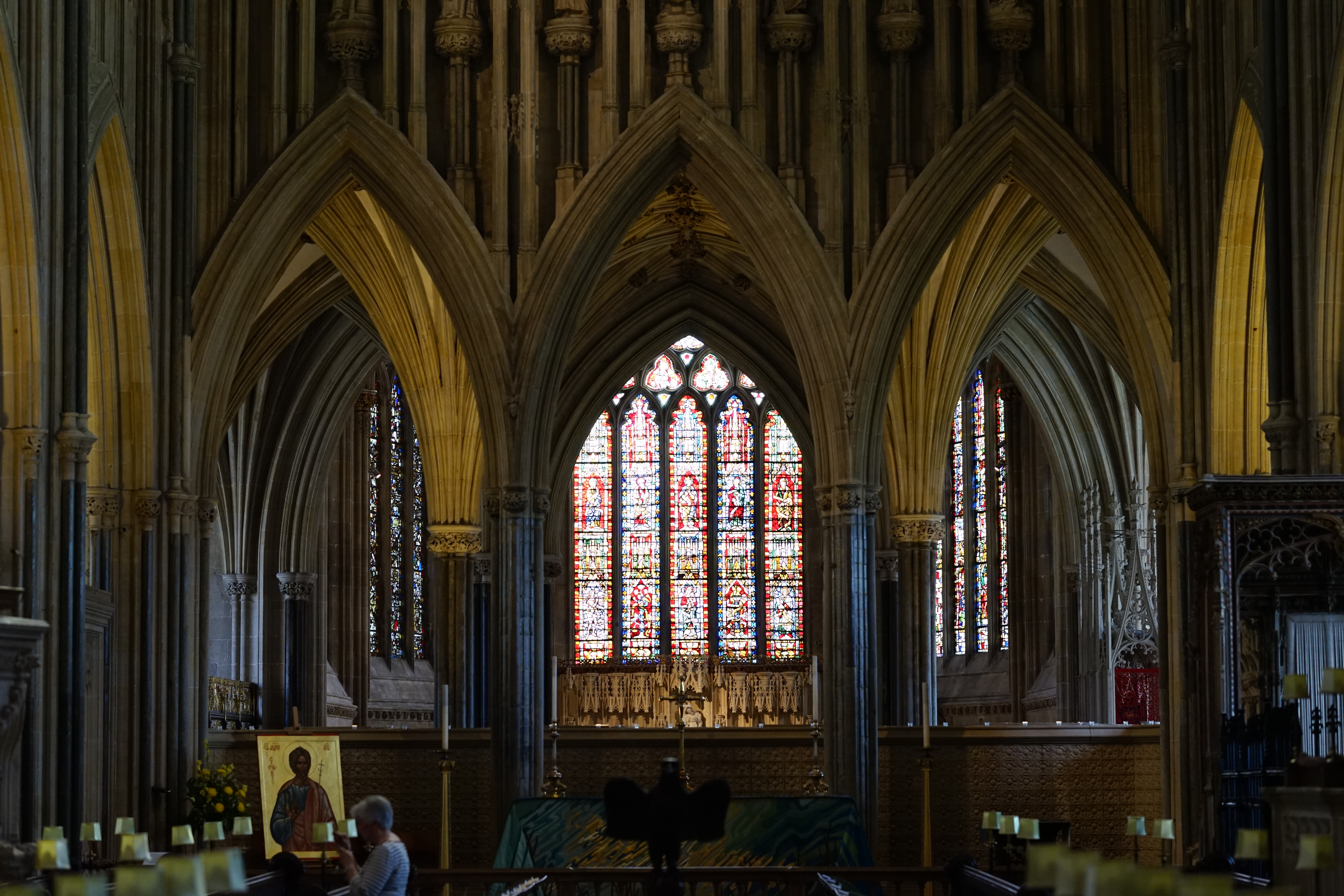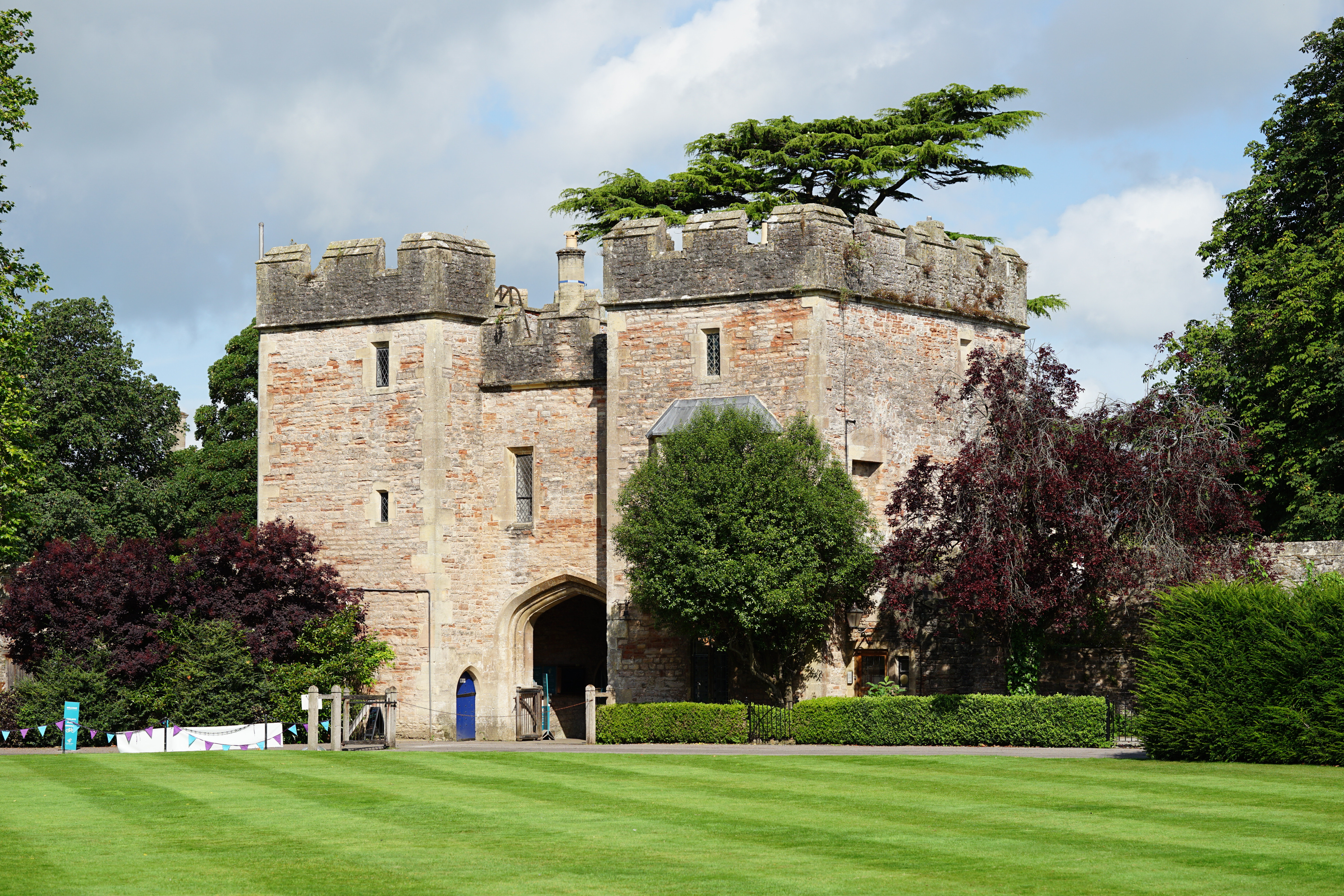Digital Camera World Verdict
The Sony FE 85mm F1.4 GM II aims to improve on the original formula of this lens, which is a very tall order. I’ve always felt that the original G Master lens was pretty much perfect for portraiture and still life photography. Sure enough, the Mark II is even better, with significant enhancements.
Pros
- +
Super-sharp (where you need it)
- +
Dreamy-soft bokeh (where you don’t)
- +
Upgraded, faster autofocus
- +
Lighter than the original
Cons
- -
Expensive to buy
Why you can trust Digital Camera World
The original Sony FE 85mm F1.4 GM was one of the first three G Master lenses that Sony ever produced for its Alpha full-frame mirrorless cameras. It was very well received and I actually gave it a 100% review rating – I was that impressed. It’s a terrific lens that’s ideally suited to portraiture and still-life photography.
However, things have moved on in eight years, and Mark II aims to answer a couple of criticisms that have arisen over time. Some photographers felt that the lens was a bit on the weighty side and that autofocus could be quicker. Sony has taken the feedback onboard and used it in the design of the Mark II edition of the lens, which aims to be one of the best lenses for Sony cameras.
Sony FE 85mm F1.4 GM II: Specifications
| Mount options | Sony E (FE) |
| Lens construction | 14 elements in 11 groups |
| Angle of view | 19 degrees |
| Diaphragm blades | 11 |
| Minimum aperture | f/16 |
| Minimum focus distance | TBA |
| Maximum magnification | TBA |
| Filter size | 77mm |
| Dimensions | 85x107mm |
| Weight | 642g |
Sony FE 85mm F1.4 GM II: Price
The original edition of the lens costs around $1,699 / £1,499 / AU$1,799 and it’s no surprise that the revamped costs more, launching at $1,799 / £1,849. Naturally, it’s considerably more expensive than the slower and more basic Sony FE 85mm F1.8, which costs $549 / £499 / AU$749, but it’s also about twice the price of the directly competing and thoroughly excellent Sigma 85mm F1.4 DG DN Art for Sony mirrorless cameras, which retails at around $1,099 / £979 / AU$1,399.
Sony FE 85mm F1.4 GM II: Design & Handling
The Sony FE 85mm F1.4 GM II has more glass than the original lens, based on 14 elements in 11 groups, compared with the older lens’s 11 elements in 8 groups. With that in mind, I’m surprised that the new lens answers the ‘heavy’ criticism of the older version by reducing the overall weight from 820g to 642g – saving of about 22%.
The original lens boasted an XA (extreme aspherical) element, but that’s doubled in the new version. That’s quite a big deal, as these elements are very expensive to manufacture, with a surface precision that has a tolerance of just 0.01 microns. The aim is to boost sharpness and the quality of bokeh. Two ED (Extra-low Dispersion) elements are also featured, to enhance clarity and minimize chromatic aberrations, whereas the earlier lens had three.
To minimize ghosting and flare, and to further boost clarity and contrast, the coatings of the new lens are upgraded to Nano AR II, compared with the older Nano AR coatings of the original. The new lens features the same aperture diaphragm count of 11 blades, ensuring that the aperture remains very well-rounded when stopping down, again enhancing the quality of bokeh.
Another upgrade in the Mark II lens answers the criticism that autofocus speed in the original version was a bit pedestrian. The Linear Super Sonic Wave AF Motor of the previous lens has been swapped out to not just one, but two XD (extreme dynamic) linear motors. These aim for super-fast autofocus, which Sony claims is three times faster than in the original lens in AF-S mode. The speed increase also supports tracking at 120fps capture rate, with a seven-fold improvement for tracking moving subjects.
The best camera deals, reviews, product advice, and unmissable photography news, direct to your inbox!
Catering to videographers as well as stills photographers, the Mark II inherits the click/de-click switch of the original lens, the latter mode enabling smooth, step-free aperture transitions when shooting movies. I also like that an Iris lock switch has been added, helping to avoid accidental changes when setting the aperture direct from the camera body in the lens’s ‘Auto’ setting.
Sony FE 85mm F1.4 GM II: Performance
The original Sony FE 85mm F1.4 GM was super-sharp at most aperture settings but sharpness dropped off noticeably at very wide apertures. That’s been addressed in the redesigned optical layout of the Mark II, which remains almost unbelievably super-sharp even wide-open at f/1.4. It’s perhaps not an overwhelming advantage for portraiture, where you don’t want to draw full attention to every tiny blemish, but it’s naturally easier to apply a little softening if needed, rather than trying to inject sharpness that isn’t there.
Axial chromatic aberration or ‘bokeh fringing’ can be problematic with fast lenses, causing color fringing around high-contrast edges just in front of or behind the plane of focus. The Mark II does well to minimize this and gives a really nice, natural-looking roll-off between focused and defocused areas. Bokeh itself is dreamy-soft and, pictorially, looks a little smoother than in the original lens.
Autofocus speed lives up to its billing, and is noticeably quicker than in the original lens. That can be a help when you’re trying to nail definitive moments and capture fleeting expressions in portraiture. Resistance to ghosting and flare is also enhanced by the new second-generation Nano AR coatings.
Sony FE 85mm F1.4 GM II: Sample Images
This gallery of images was taken with a Sony A7 II in and around Wells Cathedral and the adjacent Bishop’s Palace Garden, in the UK city of Wells.






















Sony FE 85mm F1.4 GM II: Lab Results
We run a range of lab tests under controlled conditions, using the Imatest Master testing suite. Photos of test charts are taken across the range of apertures and zooms (where available), then analyzed for sharpness, distortion and chromatic aberrations.
We use Imatest SFR (spatial frequency response) charts and analysis software to plot lens resolution at the center of the image frame, corners and mid-point distances, across the range of aperture settings and, with zoom lenses, at four different focal lengths. The tests also measure distortion and color fringing (chromatic aberration).
Sharpness:
Levels of sharpness across the whole image frame from edge-to-edge and corner-to-corner are simply spectacular when shooting wide-open at f/1.4, and streets ahead of from the original lens. And they get even better when you stop down a little to f/2. Suffice it to say that this Sony is one of the sharpest lenses I’ve ever seen.
Fringing:
There’s very little difference in color fringing between this Mark II lens and the original Sony FE 85mm G Master. They both perform very well in this respect, keeping fringing to a minimum.
Distortion: 0.56
There’s the slightest touch of pincushion distortion with automatic in-camera correction disabled but it’ll generally go unnoticed in real-world shooting, rather than taking photos of lab test charts.
Sony FE 85mm F1.4 GM II: Verdict
It’s hard to improve on a lens that’s already so good but I feel that Sony has done a great job in making the FE 85mm F1.4 GM II even more ‘perfect’. It’s sharper wide-open at f/1.4, the quality of bokeh is even better, and autofocus speed is much faster. For handling, I’m pleased that the new lens gains an additional function button, much easier to get at in portrait orientation shooting, plus an Iris lock switch to avoid any accidents with aperture settings. I didn’t feel that the original lens was exactly heavy, but the reduced weight does make the Mark II lens even easier to live with. All in all, it’s a stellar lens for portraiture, still life and any other time when a fast short telephoto prime fits the shooting criteria.
| Features | From its optical path to its fast autofocus and handling exotica, the lens is packed with features. | ★★★★★ |
| Design | High-end design includes an aperture control ring with click/de-click options and dual function buttons. | ★★★★★ |
| Performance | Performance is simply fabulous, from all aspects of image quality to quick, reliable autofocus. | ★★★★★ |
| Value | There’s no denying it’s a very expensive lens, costing approximately twice as much as the directly competing Sigma. | ★★★★☆ |
Should you buy the Sony FE 85mm F1.4 GM II?
✅ Buy this...
- You want the finest own-brand portrait lens for your Sony camera and don’t mind paying for the privilege.
- You appreciate the better wide-open sharpness and autofocus speed, compared with the original version of the lens.
🚫 Don't buy this...
- The price tag puts the lens beyond your reach and you’d be happier spending about half as much on the (also excellent) Sigma 85mm F1.4 Art lens.
- You don’t feel the need for such a fast aperture. The Sony FE 85mm F1.8 much more compact, lightweight and inexpensive to buy.
Alternatives
The Sigma 85mm F1.4 DG DN Art is another top-flight lens with one aspherical element, five SLD elements, four HR elements and an 11-blade diaphragm. Handling extras include an aperture ring with click/de-click switch, Iris lock switch and customizable AF-hold button.
The Sony FE 85mm F1.8 is a ‘slower’ and more basic lens but is very much less expensive to buy. It’s also more compact and lightweight, weighing in at a mere 371g. Even so, it’s a good performer and features a customizable AF-hold button.
Matthew Richards is a photographer and journalist who has spent years using and reviewing all manner of photo gear. He is Digital Camera World's principal lens reviewer – and has tested more primes and zooms than most people have had hot dinners!
His expertise with equipment doesn’t end there, though. He is also an encyclopedia when it comes to all manner of cameras, camera holsters and bags, flashguns, tripods and heads, printers, papers and inks, and just about anything imaging-related.
In an earlier life he was a broadcast engineer at the BBC, as well as a former editor of PC Guide.















